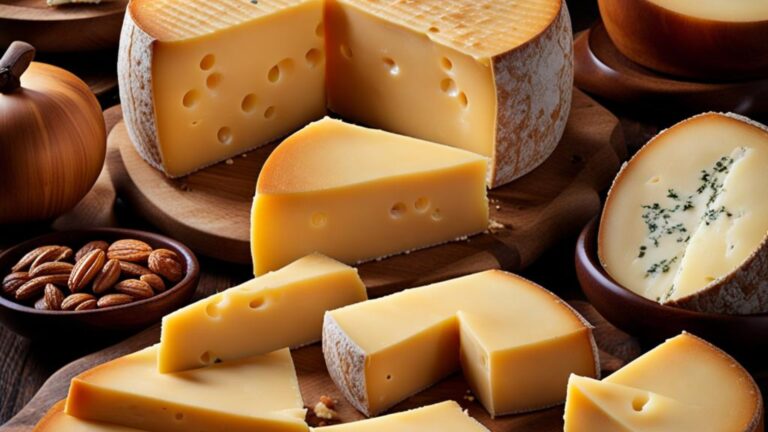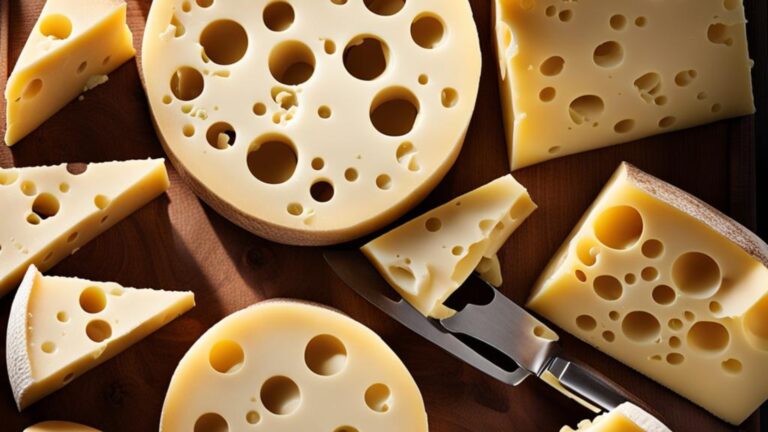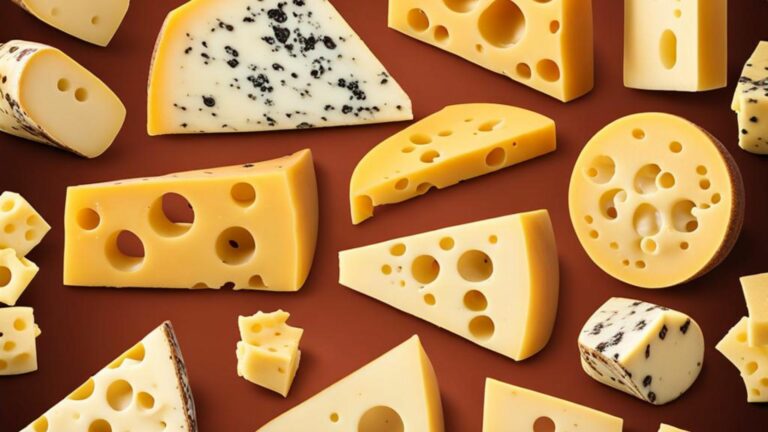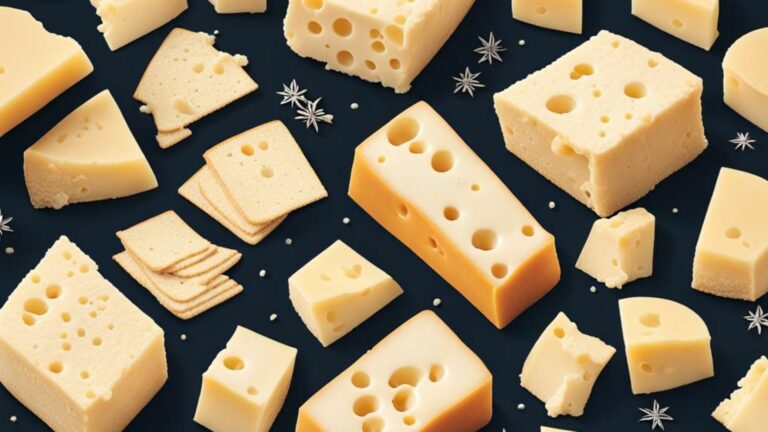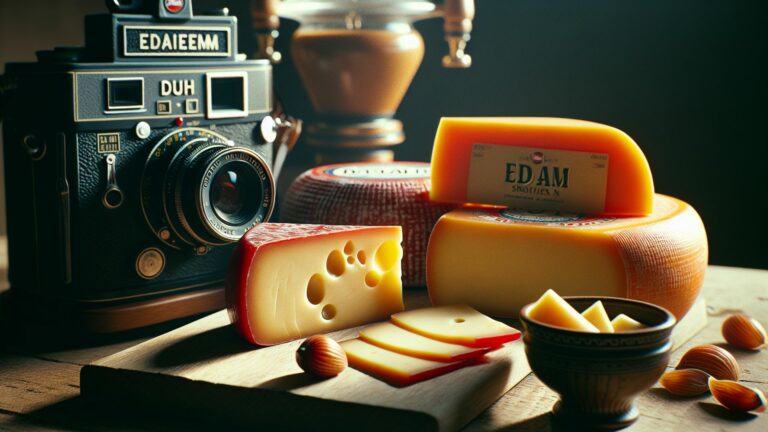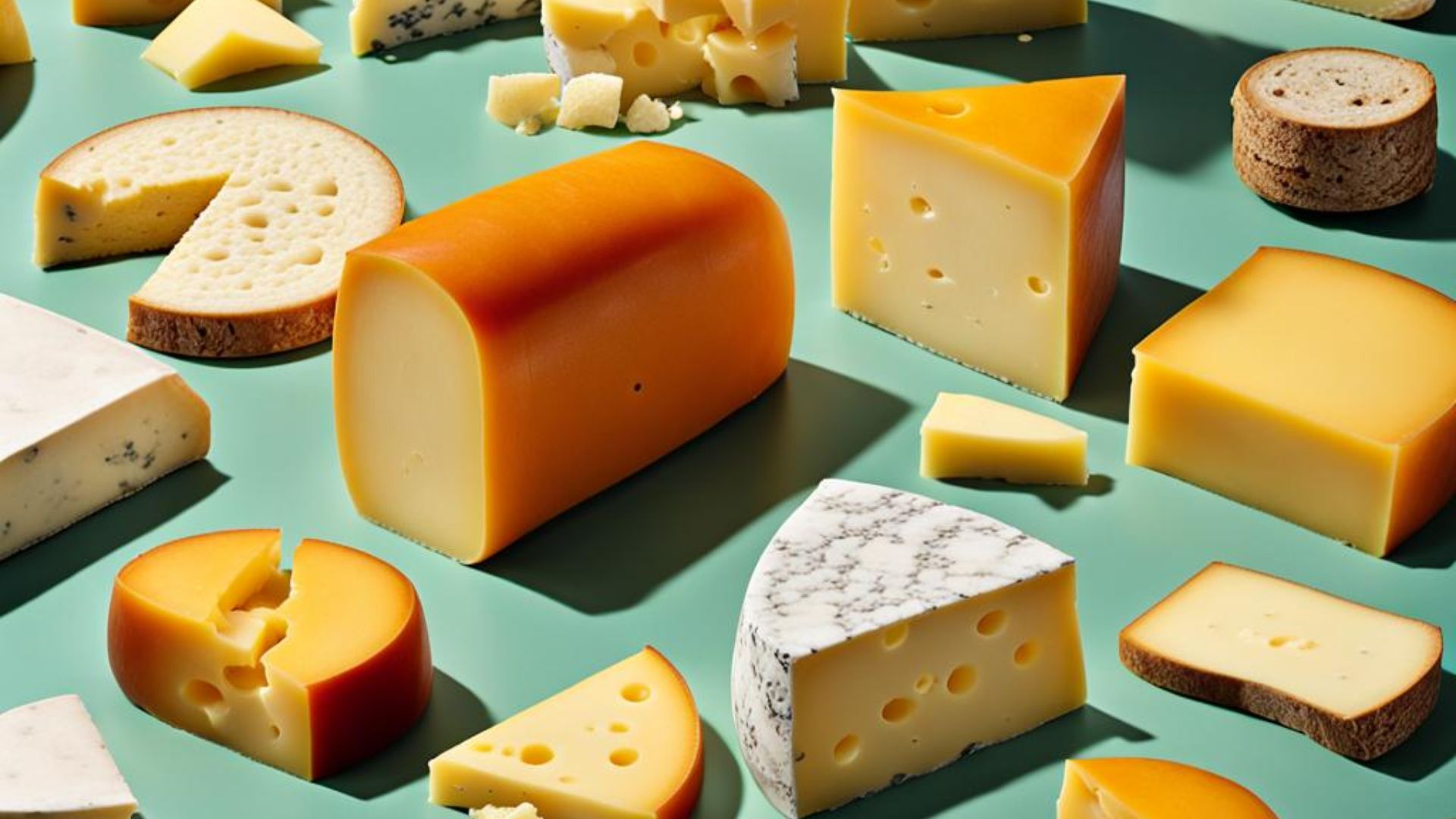
Cheese lovers, rejoice! Gouda and Muenster cheese are two of the most popular cheeses in the world. But there are some feature differences between these two kinds of cheese.
These differences are so minor that many people can’t differ from one another.
Gouda vs Muenster: The main differences are in origin, texture, flavor, and uses. Gouda is from the Netherlands, and Muenster is from France.
The aging and nutritional differences between these two kinds of cheese are also noticeable.
This discussion will explore these differences in detail to help you use them correctly in your following recipe. So, you must read the whole debate from now to the end.
Make An Overview
Before going into the details, we should look at a comparison table as it will give us a direct head-to-head Gouda vs Muenster comparison.
| Characteristics | Gouda Cheese | Muenster Cheese |
| Price | Check Latest Price | Check Latest Price |
| Origin | Netherlands | France |
| Milk Used | Cow’s milk | Cow’s milk |
| Texture | Smooth | Semi-soft |
| Color | Golden-yellow | Pale yellow |
| Flavor Profile | Nutty, buttery, slightly sweet | Mild, slightly tangy, nutty |
| Aging | Aged for different lengths of time (a few weeks to several years) | Aged for a few weeks |
| Uses in Cooking | Ideal for sandwiches, grilled cheese, and as a snack with crackers, fruits, and nuts | Ideal for sandwiches, pizzas, and casseroles |
| Nutritional Value | High in fat and calories | Lower in fat and calories |
| Price | More expensive | Less expensive |
| Ideal Drink Pairings | White wines such as Chardonnay or Pinot Grigio | Light beers such as lagers or pilsners |
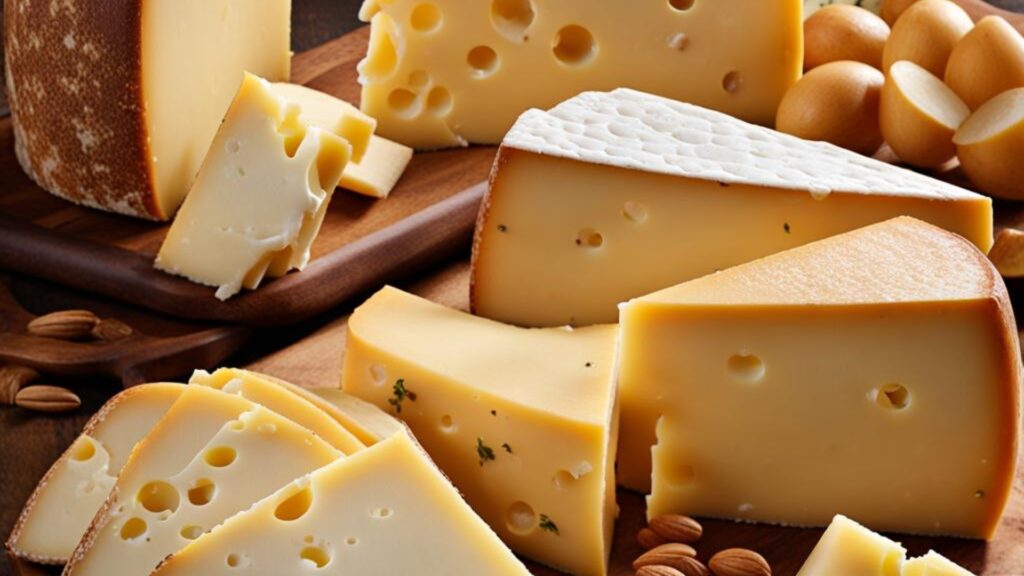
Characteristics of Gouda Cheese
Gouda cheese is named after a city in the Netherlands called Gouda. That is, the origin of this cheese is the Netherlands.
Cow’s milk is used as its raw material. Gowda cheese is aged for different periods; the longer it ages, the stronger the flavor.
Gouda cheese looks golden-yellow. Its nature is its smooth texture, nutty taste, buttery feel, slight sweetness, etc. Gouda cheese is used in many ways, especially in cooking.
You can enjoy it with various fruits, nuts, or snacks. It also has a reputation for being good with sandwiches and grilled cheese.
Characteristics of Muenster Cheese
Muenster cheese was invented in France. This cheese is mainly made from cow’s milk. It is pale yellow in appearance, with a very smooth and semi-soft texture.
Muenster cheese has a nutty, mild, and slightly tangy flavor. Muenster cheese is most often enjoyed with sandwiches, pizzas, and casseroles.
Differences Between Gouda and Muenster Cheese
- Texture and Appearance: In terms of texture and appearance, Gowda cheese has a smooth texture and rich golden-yellow color, while Muenster cheese is soft and pale yellow.
- Flavor Profile: Gouda cheese has a nutty, buttery, and slightly sweet flavor. Gouda cheese is nutty to eat. It has a buttery and slightly sweet taste. On the other hand, Muenster cheese has a nutty flavor and a mild, slightly tangy flavor.
- Nutritional Value: It’s great that both kinds of cheese are good sources of calcium and protein, but Gouda cheese is ahead in terms of fat and calories.
- Price: Gowda cheese is rich due to its long aging process and high fat content.
Pairing Gouda and Muenster Cheese with Food and Drinks
Various fruits, such as apples and pears, nuts, almonds and walnuts, and Gouda cheese, are ideal partners with these dishes.
You can also enjoy this cheese wonderfully on a charcuterie board with crackers and cured meats.
Those who prefer white wines like Chardonnay or Pinot Grigio can taste another level by adding Gouda cheese to these drinks.
Adding Muenster cheese to sandwiches and pizzas, which are so popular worldwide, means multiplying the taste of the food. Moreover, you can also enjoy this cheese with simple roasted vegetables like peppers and onions.
Muenster cheese uniquely pairs with lighter beer like Lagers or Pilsners.
Conclusion
In conclusion, both Gouda and Muenster cheese are delicious and versatile cheeses. While they may share some similarities, they have distinct differences in texture, flavor, nutritional value, and price.
Hope you understand these differences. That was all for today. If you want to read and know more about different types of cheeses, you may visit our site and read these articles, too. Thanks for reading from us.

